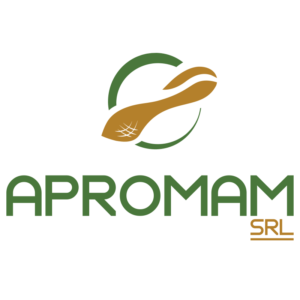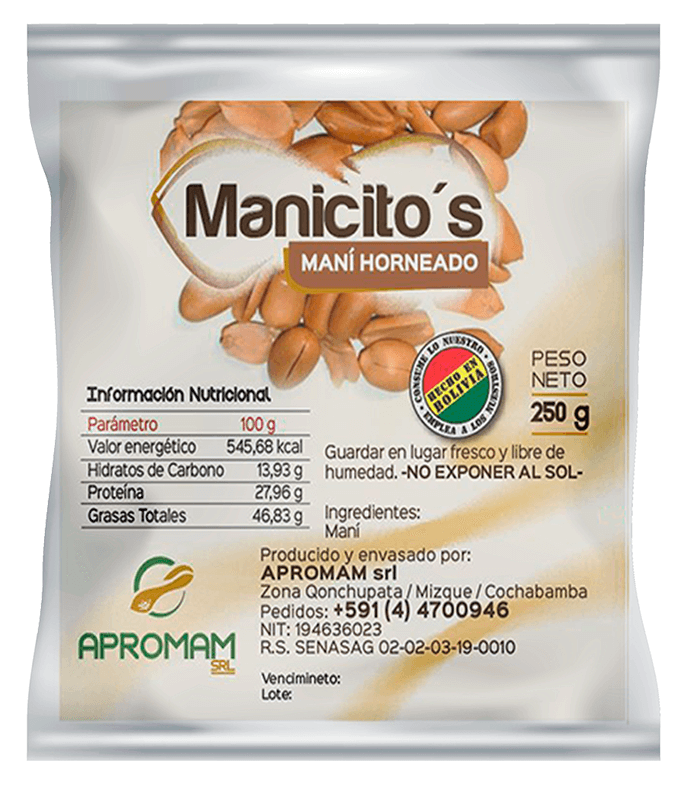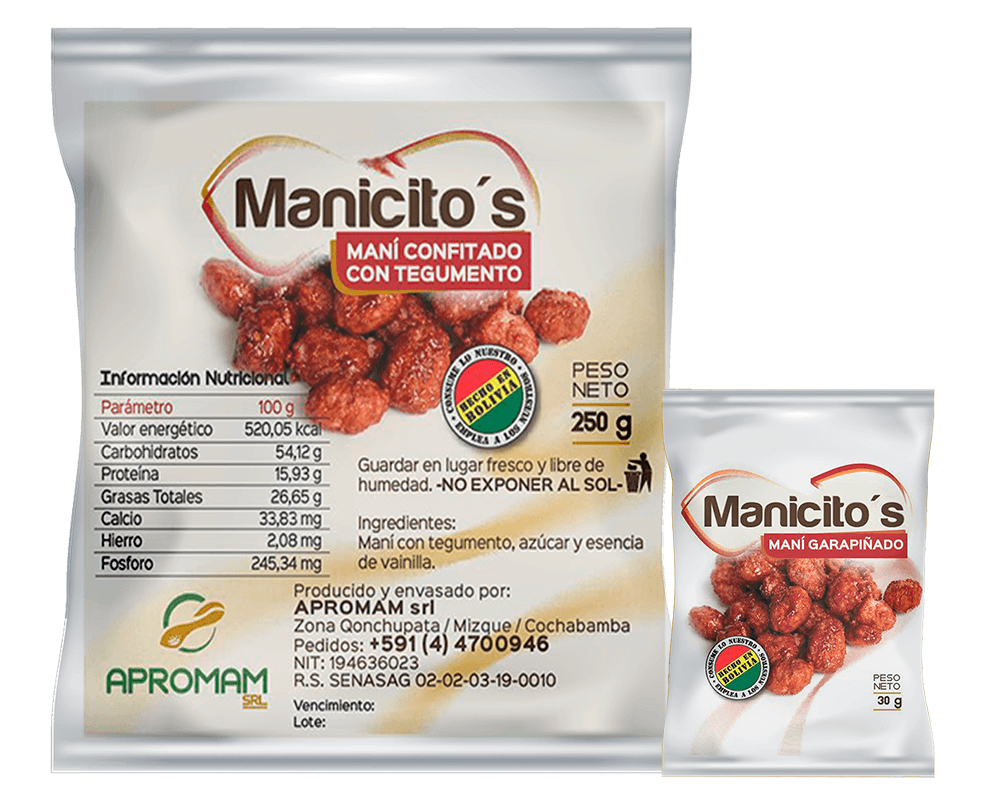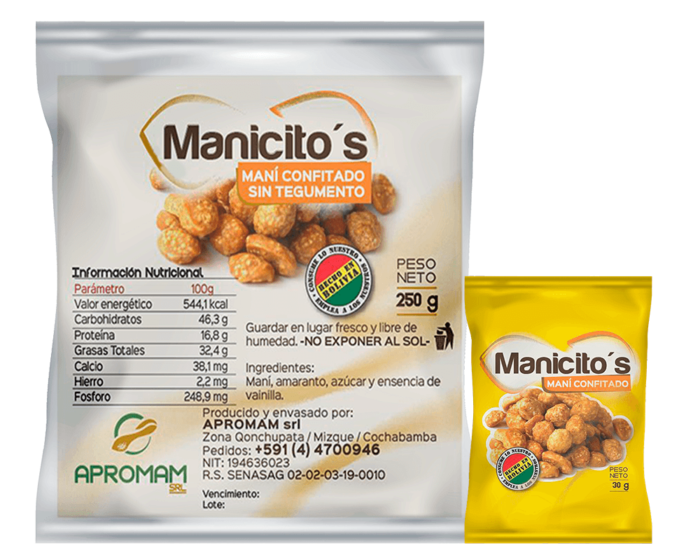
The individuals and other organizations that have direct transactions with the business are called personal accounts. PLCA indicates total trade payables at a given point in time, and since trade payables are personal accounts, PLCA also operates according to the golden rule for personal accounts. As we discussed earlier, this control account is prepared as an independent check on the arithmetical accuracy of the sales ledger (Debtors Ledger).

In this example, the business uses a cash control account in the general ledger, and the cash book does not form part of the double entry system, and is simply a listing of the cash payments. Purchase Ledger Control Account (PLCA) is a summarized ledger of all the trade creditors of the entity. This Control Account typically looks like a “T-account” or a replica of an Individual Trade Payable (Creditor) account. But instead of containing transactions of invoices, returns, and payments related to one creditor, it contains summarized transactions of invoices, returns, and payments related to all the creditors in the business. The information posted to the accounts payable control account and the source of that information are shown in the table below.
Reasons for opening and closing debit balances in the P L control account:
So, we should not obtain the information required to prepare this control account from the Sales ledger (Debtors ledger), instead all the information required should be obtained from books of original entry or prime entry. The nominal ledger is not really a separate record, it just contains all of the individual T accounts. The nominal ledger is where we use our double entry bookkeeping system, so every transaction will impact on at least two ledger accounts. Reconciling the PLCA to the Purchases Ledger will reduce the risk that an error is made when recording credit transactions with suppliers and calculating the amounts owed to suppliers. If balances owed to suppliers are recorded incorrectly a business might overpay or underpay their suppliers which can then damage their cash flow and their business relationships. If reconciliations are not carried out there is an increased likelihood of errors going uncorrected.
- You record all your transactions, let HMRC know what you have been trading and pay national insurance and taxes.
- So, we should not obtain the information required to prepare this control account from the Sales ledger (Debtors ledger), instead all the information required should be obtained from books of original entry or prime entry.
- It indicates the total amount a business entity owes to its suppliers at a particular point in time.
- The purchase ledger is also known as the purchase subledger or purchase subaccount.
- We’re going to conclude the series by having a more in-depth look at cash and credit transactions in double entry bookkeeping systems, using the purchases function to illustrate how everything fits together.
Expense and income amounts will always be posted with VAT-exclusive amounts as those are the business’s figures. Adam is a photographer, so the stationery is an expense to his business as opposed to a purchase. Total purchase returns from the Return Outwards Day book (Purchase returns journal). It’s easy to track your expenses from anywhere with online invoicing software like Debitoor.
Types of Control Accounts
Sales Ledger Control Account is a summary account which checks the arithmetical accuracy of the Sales Ledger. It enables us to see at a glance whether the general ledger balance for the sales ledger agrees with the total purchase ledger control account of all the individual trade receivable accounts held within the sales ledger. The purchase invoices are also used to enter details of the purchases from each supplier in the accounts payable subsidiary ledger.
Therefore, it is a “short-term liability” for the business entity and forms part of the balance sheet. Total of Trade Receivable’ balances at the end of the current accounting period. Total of Trade Receivable’ balances at the end of the previous accounting period. Individual ledger accounts that record increases and decreases in a particular item in the accounts are also called ‘T-accounts’. This is because the capital letter T is a nice visual representation of the shape of a ledger account. However, if he has a query from Emily, then the PLCA balance is no use to him, as it’s a summary of all the activity to do with credit purchases.
Controlling account
You can consent to processing for these purposes configuring your preferences below. If you prefer to opt out, you can alternatively choose to refuse consent. Please note that some information might still be retained by your browser as it’s required for the site to function.
- If the closing balances of sales ledger control and the total of balances on the individual trade receivable accounts in the sales ledger agrees, we can presume that there are no errors or fraud occurred in the sales ledger.
- Note that the word ‘purchases’ relates to the specific cost of items that you buy with the intention of selling on to customers.
- Incidentally, ‘cash’ and ‘bank’ tend to be the same thing; the balance in the business current account.
- Returning to our example of the sale and purchase of stationery for one last time, we’re going to conclude by looking at it from Adam’s point of view.
The primary document recorded in the purchase ledger is the supplier invoice. Also, if suppliers grant a credit back to the business for such items as returned goods or items damaged in transit, then you also record credit memos issued by suppliers in the purchase ledger. A credit memo may also be issued for a volume discount, though this credit may apply to a number of purchases in aggregate, and so cannot be traced back to an individual purchase transaction.






